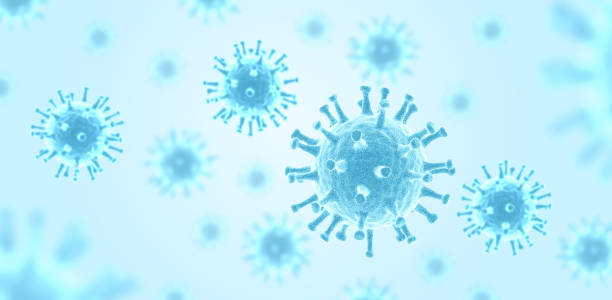A New Era in HIV Prevention: The Promise of the HIV Prevention Shot
The battle against HIV has seen remarkable progress, with significant advancements in both treatment and prevention. One of the most groundbreaking developments in recent years is the introduction of the HIV prevention shot—an injectable alternative to daily oral PrEP (pre-exposure prophylaxis) medication.
The battle against HIV has seen remarkable progress, with significant advancements in both treatment and prevention. One of the most groundbreaking developments in recent years is the introduction of the HIV prevention shot—an injectable alternative to daily oral PrEP (pre-exposure prophylaxis) medication. This innovation offers a more convenient option for individuals at high risk of HIV infection, reducing the need for daily adherence while providing long-lasting protection.

This article explores the key aspects of the HIV prevention shot, including its mechanism, effectiveness, potential side effects, and its broader implications for public health. As the world continues to prioritize HIV prevention, understanding this new option is essential for individuals and communities seeking reliable and accessible protection.
What is the HIV Prevention Shot?
The HIV prevention shot is a long-acting injectable medication designed to protect individuals at high risk of contracting HIV. Unlike traditional oral PrEP, which must be taken daily, this shot is administered at scheduled intervals—typically every one to three months—providing extended protection with fewer doses.
The primary active ingredient in the shot is cabotegravir, an antiretroviral drug that works by blocking the virus's ability to replicate within the body. This mechanism prevents HIV from establishing an infection, making it a highly effective preventive measure. The shot is particularly beneficial for individuals who struggle with daily medication adherence, as it reduces the risk of missed doses and improves overall effectiveness.
Effectiveness and Clinical Evidence
Extensive clinical trials have demonstrated that the HIV prevention shot is highly effective in reducing the risk of HIV infection. Studies indicate that it provides protection equal to or, in some cases, even superior to daily oral PrEP. The sustained-release formula ensures that the drug remains at protective levels in the bloodstream for an extended period, reducing the likelihood of infection.
Research published in medical journals has highlighted the shot’s success in reducing new HIV cases, particularly among populations at high risk. This breakthrough offers a promising alternative to traditional preventive methods and can help reach individuals who may not consistently take daily medication.
How is the Shot Administered?
The administration process is straightforward and requires oversight from a healthcare professional. The injection is typically given at a clinic or healthcare facility, and the dosing schedule varies depending on the specific formulation—either monthly or every three months.
Before receiving the shot, individuals should consult their healthcare provider to discuss medical history, potential concerns, and any necessary screenings. Regular follow-ups ensure that the shot remains effective and that any side effects are properly managed.
Possible Side Effects and Considerations
As with any medical intervention, the HIV prevention shot may cause some side effects. The most common reactions include injection site pain, swelling, and mild systemic symptoms such as fatigue, headache, or gastrointestinal discomfort. These side effects are generally mild and temporary, but healthcare providers monitor patients to ensure their safety.
It is important to note that the shot does not protect against other sexually transmitted infections (STIs) or unintended pregnancies. Individuals using this method should consider additional preventive measures, such as condoms, for comprehensive sexual health protection.
Public Health Impact and Accessibility
The introduction of the HIV prevention shot marks a significant milestone in global HIV prevention efforts. By offering an alternative to daily PrEP, it can help reduce infection rates, particularly in communities with barriers to healthcare access.
However, challenges remain in ensuring widespread availability. Efforts to expand access include increasing awareness through community education, training healthcare providers, and implementing policies that promote equitable distribution. Making the shot accessible to at-risk populations will be critical in maximizing its impact.
As the global fight against HIV continues, the HIV prevention shot represents a beacon of hope. By increasing awareness and access to this innovative method, healthcare providers and public health advocates can take another crucial step toward reducing new infections. With continued research, advocacy, and community engagement, this groundbreaking advancement brings us closer to a future where HIV transmission is significantly diminished.